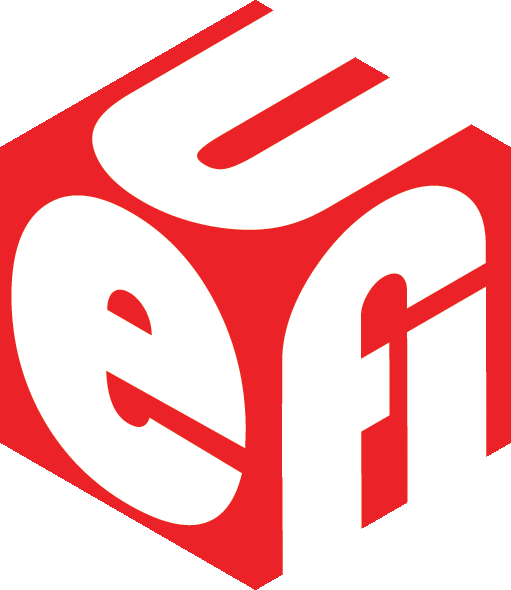To understand how system firmware is generated for modern computer systems, it is important to first understand the ecosystem and commonly used terminology. This post helps readers gain a better understanding of the development process, the industry’s “unique language” and how it applies to UEFI firmware.
An Original Design Manufacturer (ODM), such as Quanta, Foxconn or Compal, develops hardware on behalf of an Original Equipment Manufacturer (OEM) like Dell, HP or Lenovo. The system purchased by an end-user needs properly developed system firmware to boot and initialize the system. UEFI established a standard used by ODMs and OEMs ensuring compatibility with major operating systems, peripheral hardware and third-party software.
ODMs and OEMs have their own firmware teams, creating a firmware image tailored to each platform’s hardware configuration. The teams can create their own custom solution, but often they license a UEFI development codebase from an Independent Firmware Vendor (IFV) like AMI, Byosoft, Insyde Software or Phoenix Technologies. IFV solutions are based on reference designs from silicon manufacturers, which the ODM and OEM use as the basis for end-user products.
To illustrate the role of UEFI Specifications in the ecosystem, consider the following scenario:
- An OEM wants to develop a new laptop, so it contracts an ODM to build a laptop based on silicon reference design.
- The IFV partnered with the ODM provides a generic kit that enables the silicon vendor’s reference design platform.
- The ODM customizes the system firmware to initialize the laptop to the OEM specification. As a result, the firmware is specifically designed for that OEM’s platform.
- The final UEFI firmware image is a result of cooperation between OEM, ODM and IFV.
Despite the customization, each part of the ecosystem designs the firmware to meet UEFI Forum specifications, so it is compatible with off-the shelf software and hardware. Working from standards-based firmware provides a seamless user experience.
Testing hardware interoperability is a very important phase of product development. This is when OEMs discover how the hardware and operating system work with system components. Devices essential to system booting follow UEFI Specifications to ensure firmware interoperability.
UEFI Plugfests offer a unique opportunity for testing against UEFI Specifications. Vendors from across the industry staff multiple testing rooms, providing an assortment of software and hardware for interoperability testing. Our next event – Spring 2020 UEFI Plugfest – is now open for registration. If you have questions about UEFI or the upcoming event, please contact us at press@uefi.org.
